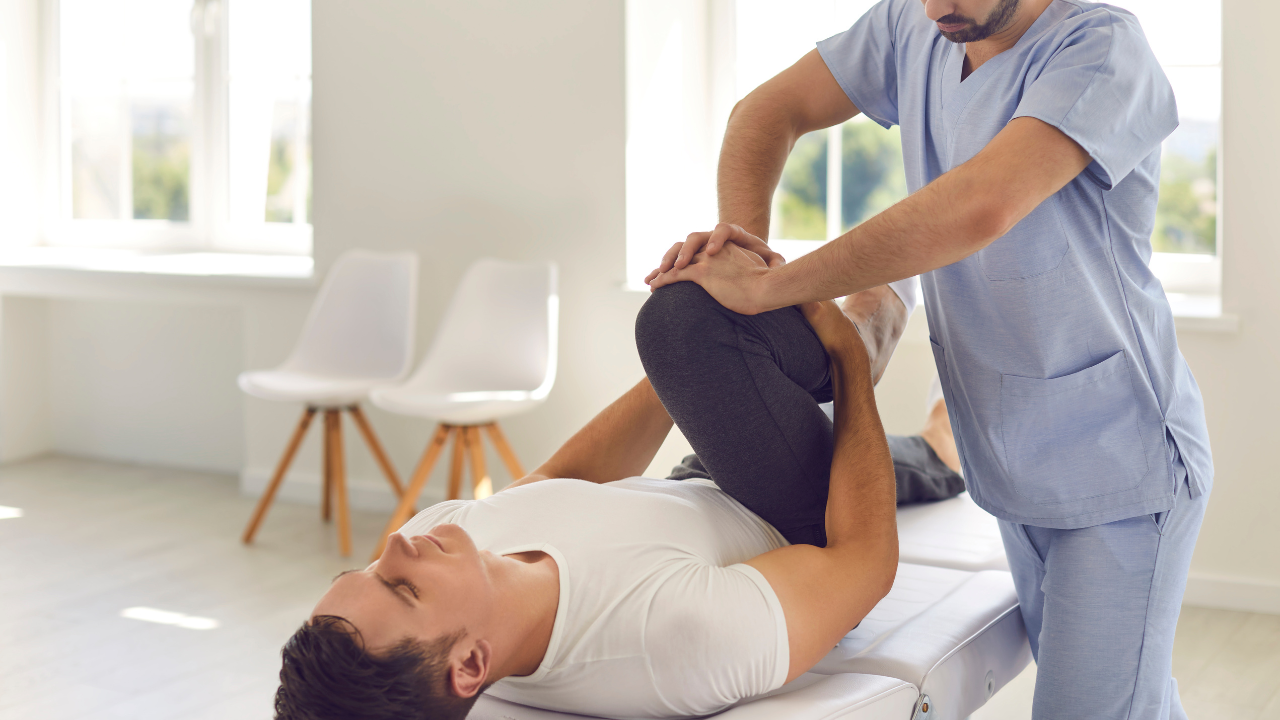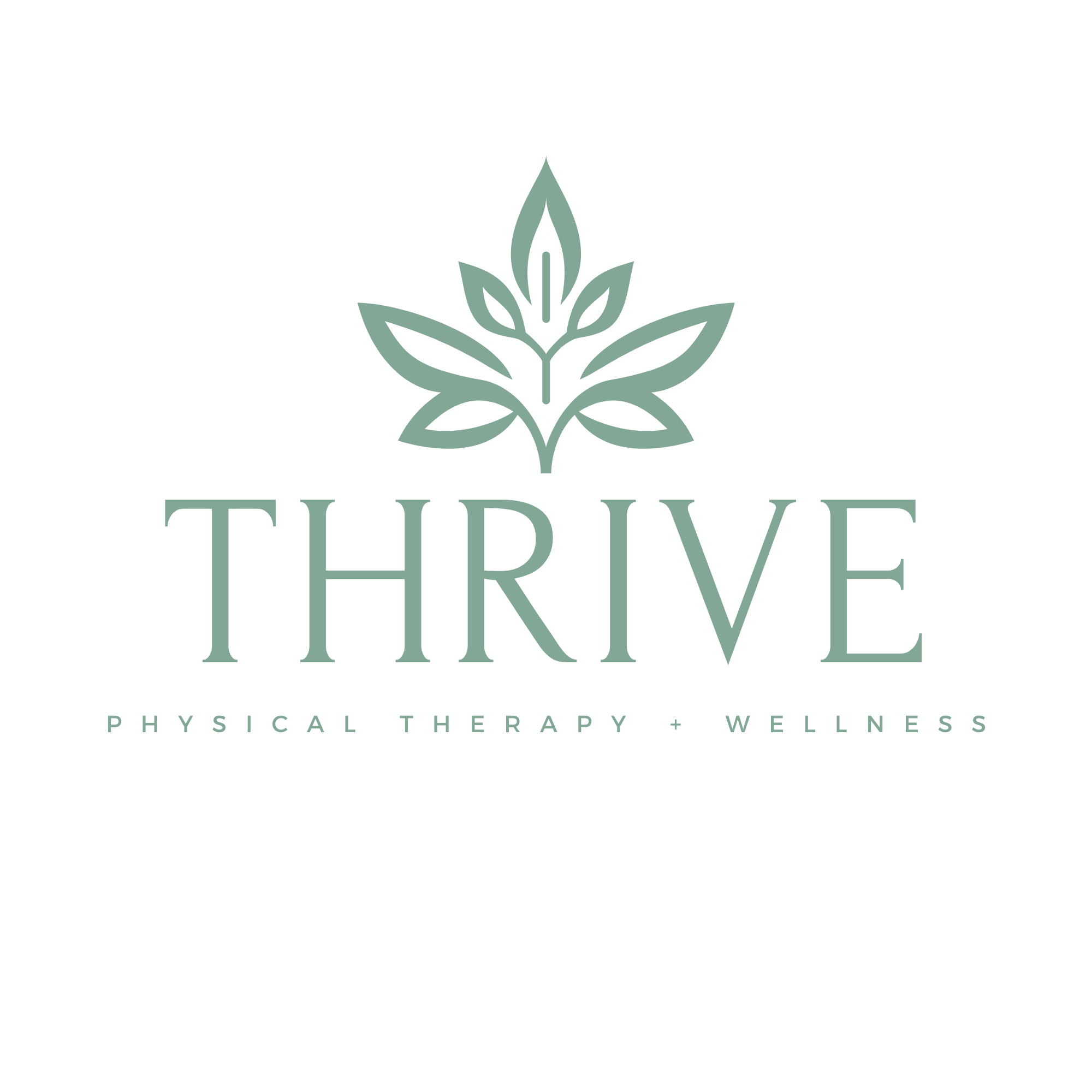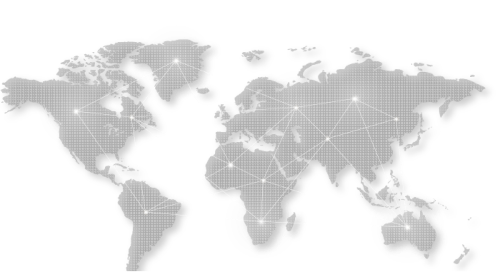
Work injuries are a reality many of us face at some point in our careers. Whether you’re an office worker dealing with back pain or a laborer suffering from a sprained ankle, physical discomfort can put a real damper on your daily routine. Fortunately, physical therapy has emerged as one of the most effective treatments for work-related injuries. But with so many options available, it can be hard to know where to start. Let’s take a closer look at some of the best types of therapy for common work injuries and how Thrive Physical Therapy Clinic can help you get back to doing what you love, pain-free.
Understanding Work Injuries
Work injuries can range from the sudden and severe—such as a fall or heavy lifting accident—to the more gradual and persistent, like repetitive strain injuries caused by poor posture or extended hours at a desk. Many work-related injuries stem from the strain placed on muscles, joints, and tendons. Over time, the stress can cause pain and discomfort that inhibits productivity and quality of life. Fortunately, physical therapy can help to alleviate these symptoms and promote long-term recovery.
Manual Therapy: A Hands-On Approach
When it comes to treating common work injuries, manual therapy is one of the most effective treatment options. This type of therapy involves the physical manipulation of muscles, joints, and soft tissues to reduce pain, improve mobility, and promote healing. Physical therapists use a range of hands-on techniques, such as massage, joint mobilization, and myofascial release, to address areas of tightness, stiffness, or weakness.
For work injuries, manual therapy is particularly effective for conditions like lower back pain, neck pain, and repetitive strain injuries, such as carpal tunnel syndrome or tennis elbow. By applying targeted pressure, a physical therapist can release muscle knots, improve blood circulation, and help restore normal function to the affected area.
At Thrive Physical Therapy Clinic, their experienced therapists will assess your injury and create a personalized treatment plan that may include manual therapy. This hands-on approach not only helps to alleviate pain but also works to prevent future injury by addressing the underlying causes of discomfort.
Therapeutic Exercise: Building Strength and Flexibility
One of the most crucial components of any rehabilitation plan is exercise. Therapeutic exercise helps to improve strength, flexibility, and endurance, all of which are essential for preventing and recovering from work injuries. Whether you’re recovering from a sprain or strain or trying to build strength after a long period of inactivity, therapeutic exercise plays a vital role in your healing process.
When it comes to work injuries, the goal of therapeutic exercise is to restore the injured area’s function and promote stability in the surrounding muscles and joints. For example, if you’ve suffered a shoulder injury from repetitive overhead motions, a physical therapist may prescribe exercises to improve range of motion and strengthen the rotator cuff muscles.
Therapeutic exercises are often performed in a controlled environment to ensure that you’re targeting the correct muscle groups and using proper technique. At Thrive Physical Therapy Clinic, therapists are highly trained to guide you through exercises designed to specifically address your injury and improve your overall function. They’ll adjust your exercises over time, ensuring that you’re progressing safely and effectively.
Dry Needling: A Modern Approach to Muscle Pain
Dry needling is a relatively new technique that has gained popularity for its ability to treat musculoskeletal pain, especially when dealing with injuries from repetitive movements or overuse. The technique involves inserting thin, sterile needles into specific muscle knots or trigger points to release tension and stimulate healing.
For work-related injuries, particularly those that involve chronic pain from poor posture or repetitive motions, dry needling can be highly effective. It helps to target areas of muscle tightness that may not be easily addressed through manual therapy or exercise alone. By stimulating the muscle fibers, dry needling encourages the body’s natural healing process and reduces inflammation.
Dry needling is often used to treat conditions like back pain, neck pain, headaches, and even carpal tunnel syndrome. It’s a minimally invasive technique that can provide immediate relief, making it an excellent option for those suffering from acute or chronic pain caused by work-related injuries.
Posture Correction: Preventing Future Injuries
Many work-related injuries are a result of poor posture, especially for those who spend hours sitting at desks or working on computers. Over time, slouching or poor body alignment can lead to back pain, neck pain, and repetitive strain injuries. Correcting your posture not only helps alleviate these symptoms but also prevents future injuries from occurring.
Physical therapists at Thrive Physical Therapy Clinic are experts in postural alignment. They can assess your posture, identify areas of weakness or tightness, and work with you to develop strategies to improve your body mechanics. This may include posture education, ergonomic adjustments to your workspace, and exercises designed to strengthen the muscles that support your spine and joints.
By focusing on posture correction, physical therapy helps you develop habits that reduce the risk of injury and improve your overall comfort during daily activities, whether you’re sitting at a desk, lifting heavy objects, or performing other repetitive tasks.
Ergonomics: Creating a Safe Workspace
For those with desk jobs or repetitive manual tasks, ergonomics plays a significant role in preventing injuries. Ergonomics is the science of designing your workspace to fit your body and reduce strain. When your desk, chair, keyboard, and other tools are correctly positioned, the risk of injury is minimized.
At Thrive Physical Therapy Clinic, the team not only helps you recover from work injuries but also provides valuable advice on how to set up your workspace to prevent future issues. This may involve adjusting your chair height, screen position, and keyboard layout to reduce strain on your neck, shoulders, and wrists. A physical therapist can also recommend stretches and exercises to help you improve flexibility and strength, further reducing the risk of injury.

Cold and Heat Therapy: Relieving Pain and Inflammation
Cold and heat therapy are two of the most commonly used treatments for managing pain and inflammation associated with work injuries. Cold therapy is particularly effective for reducing swelling and numbing sharp pain, making it ideal for acute injuries like sprains or strains. Heat therapy, on the other hand, helps to relax tight muscles and improve blood circulation, making it useful for chronic conditions or stiffness caused by overuse.
Physical therapists often recommend alternating between cold and heat therapy to manage both acute and chronic pain. For example, after a heavy lifting injury, cold therapy can be used to reduce swelling, followed by heat therapy to relax the muscles and increase flexibility.
Electrical Stimulation: Boosting Healing with Technology
Electrical stimulation, or E-stim, is another technique commonly used in physical therapy to help treat pain and promote healing. It involves using electrical impulses to stimulate muscles and nerves, encouraging blood flow and muscle contraction. This technique is particularly effective for people suffering from chronic pain or muscle weakness due to work-related injuries.
At Thrive Physical Therapy Clinic, E-stim is often used in conjunction with other treatments to maximize healing. By stimulating the muscles, it helps reduce pain, strengthen weak areas, and improve range of motion. This technology can be especially helpful for those recovering from nerve-related injuries, such as sciatica or carpal tunnel syndrome.
Suggested Reading: How Work Injury Therapy Helps You Return to Work Faster
Conclusion
Work injuries can be a significant disruption to your daily life, but with the right treatment, recovery is possible. Physical therapy is one of the best ways to address both the immediate pain and the long-term recovery needed to get back to normal activities. Whether you need manual therapy, therapeutic exercises, dry needling, or ergonomic advice, physical therapists at Thrive Physical Therapy Clinic have the expertise to help you recover from your work injury and prevent future ones.
By focusing on a comprehensive approach that addresses the root cause of your injury, Thrive Physical Therapy Clinic not only helps relieve your pain but also empowers you to lead a healthier, more active lifestyle. So, if you’re dealing with a work injury and need a path to recovery, consider reaching out to Thrive Physical Therapy Clinic. Visit their website at https://thriveptclinic.com/ to learn more about how they can help you get back to living pain-free.

